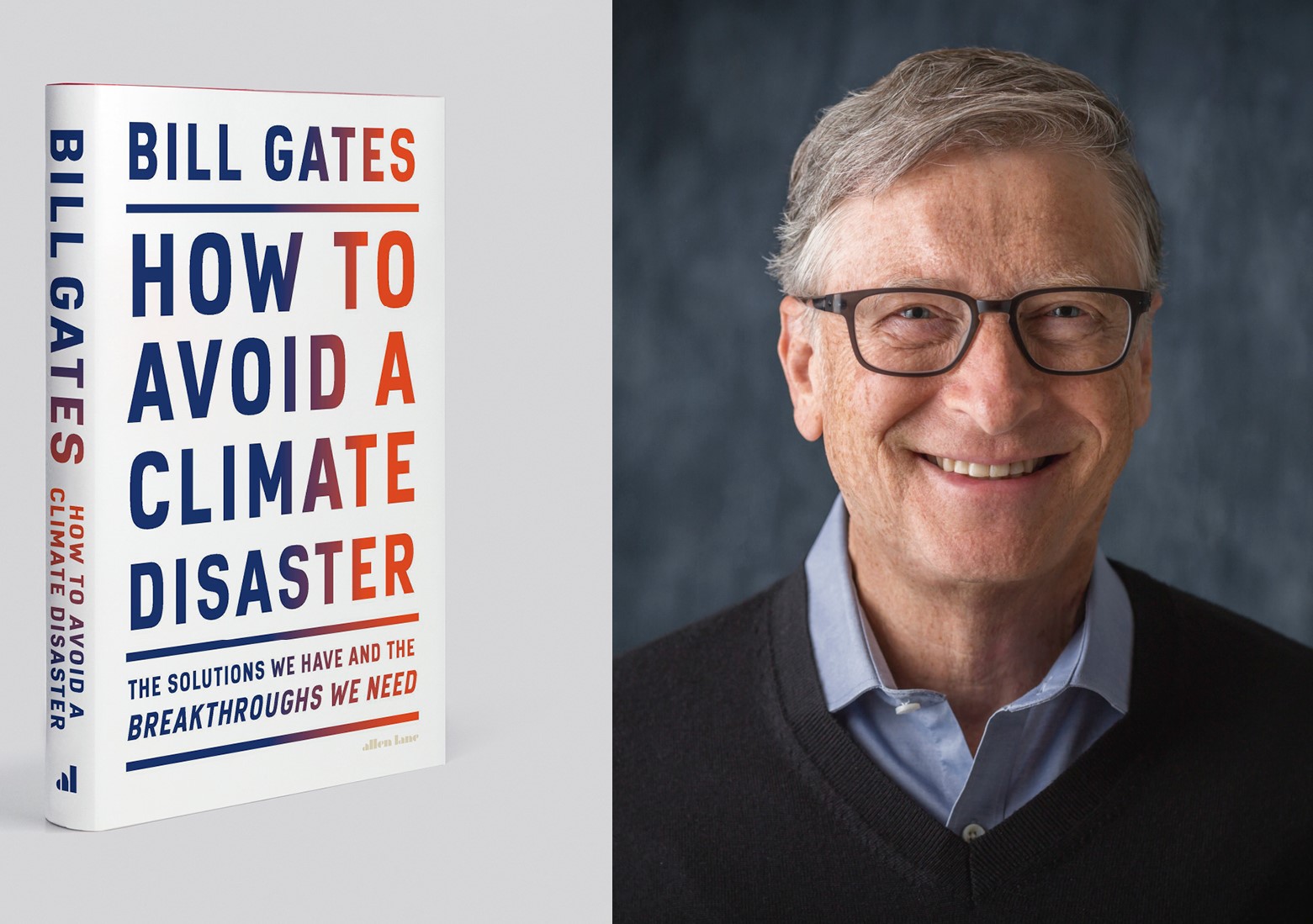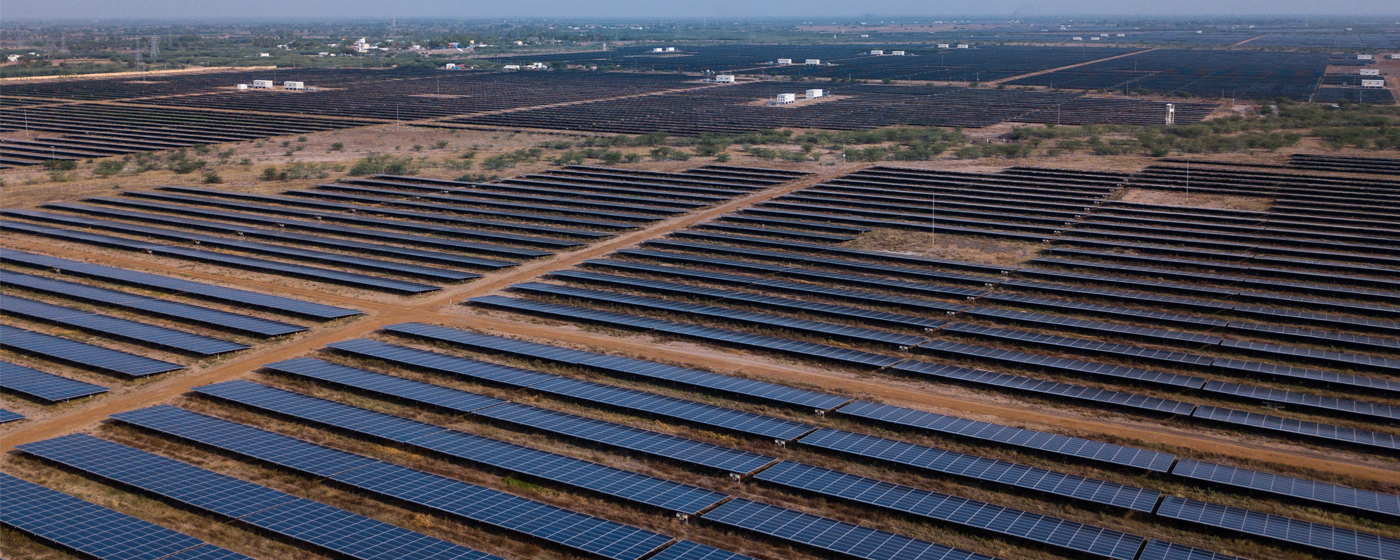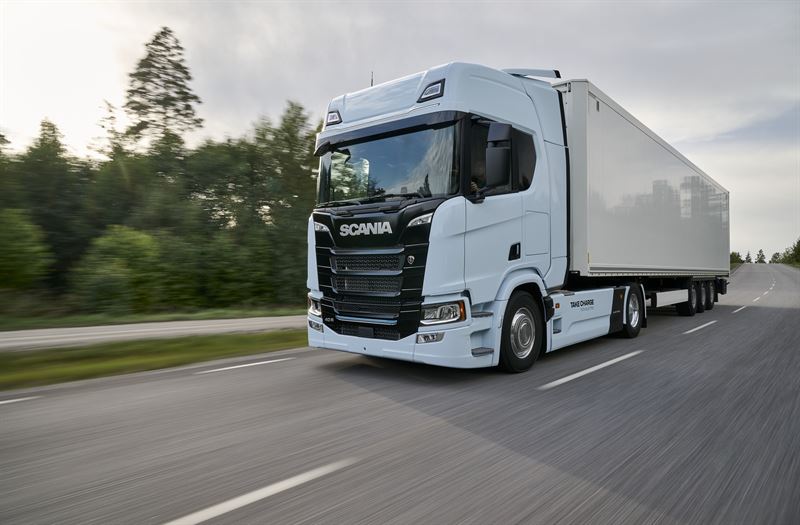The increasing frequency and severity of climate-related disasters highlight the need for immediate and comprehensive action to address the impacts of global warming. To tackle the urgent challenges of climate change, it’s imperative to recognize the need for immediate and comprehensive action. Carbon capture technologies, such as carbon capture and storage (CCS), are essential tools in mitigating emissions from various sources, contributing to the global effort to combat global warming.
The involvement of influential figures, particularly some of the world’s wealthiest individuals, is crucial in addressing climate change. Their philanthropic endeavors and investments in innovative solutions demonstrate a commitment to advancing technologies, supporting research, and implementing initiatives aimed at reducing emissions and promoting sustainability.
To address the complex challenges posed by climate change, a collaborative approach is necessary, involving governments, businesses, scientists, and communities. This collective effort is vital for implementing effective strategies, adapting to the impacts of climate change, and ensuring a sustainable future for the planet.
The 28th conference of the parties (COP28) recently concluded in Dubai, bringing together negotiators from around the world to address human-caused climate change. While progress was made, the conference fell short of delivering decisive action commensurate with the urgency of the climate crisis. Here are key decisions taken at COP28:
Loss and Damage: A landmark agreement was reached to support vulnerable nations facing the worst impacts of climate change. This includes the development of national response plans, addressing insufficient climate information and data, and promoting safe human mobility in cases of loss and damage. A geographically diverse board will oversee the fund, initially managed by the World Bank, with pledges totaling over $650 million.
Climate Finance Target: Progress was made on the new collective quantified goal (NCQG), building on the $100 billion pledged by developed nations for climate mitigation and adaptation. An agreement was made to draft a post-2025 finance target ahead of COP29.
Global Goal on Adaptation: The emphasis on supporting strategies for adapting to climate change impacts continued. The final text calls for a doubling in adaptation finance, with explicit 2030 targets for water security, ecosystem restoration, and health. However, language around closing the adaptation finance gap was weakened.
Global Stocktake and Fossil Fuels: The Global Stocktake, scrutinized for its language on emissions and fossil fuels, saw improvements. The final text mentions the projection of peak global emissions between 2020-2025 and aligns with emissions reductions consistent with the 1.5°C goal. Concerns include weakened language on coal and a call for a “transition away” from fossil fuels rather than a “phaseout.”
Carbon Markets: No agreement was reached on carbon markets, leaving questions about supervision and accounting for credits. The permanence of claimed reductions/removals will be addressed at COP29.
Other Key Themes (Just Transition and Nature): The importance of delivering a just transition was highlighted in various agreements, but more work is needed on quantitative terms. Nature received attention in the Global Goal on Adaptation, emphasizing ecosystem-based and nature-based solutions.
Many of the world’s largest and most powerful companies are indeed investing heavily in green energy and sustainable practices to mitigate climate change. These companies are not only recognizing the environmental imperative but also the business opportunities associated with clean and renewable technologies. Here are some notable companies leading the way in green tech innovation and sustainability:
Apple achieved the transition to sourcing 100% renewable electricity
Apple is the largest company in the world, with a market cap of over $3 trillion USD. Apple achieved the transition to sourcing 100% renewable electricity at its offices, retail stores, and data centers in 2018. In 2020, Apple took steps to be carbon neutral for corporate emissions, including business travel and employee commute. An ambitious goal was announced in 2020 to become carbon neutral for the entire life cycle of Apple products by 2030. Launched in 2015, the Supplier Clean Energy Program is integral to Apple’s goal of reaching carbon neutrality by 2030.
Focus on increasing energy efficiency at supplier facilities and transitioning suppliers to clean, renewable electricity.As of March 2022, 213 manufacturing partners in 25 countries have committed to 100% renewable electricity for Apple production.Apple has invested directly in nearly 500 megawatts of renewable electricity projects, covering a portion of upstream emissions. The Supplier Clean Energy Program has almost 16 gigawatts of clean energy commitments.
In FY2021, the 10.3 gigawatts of renewable energy in Apple’s supply chain generated 18.1 million megawatt-hours of clean energy. This resulted in avoiding 13.9 million metric tons of carbon emissions, a 62% increase over FY2020. The Supplier Clean Energy Program is at the center of Apple’s commitment to greener manufacturing.
Apple envisions a world where renewable energy is cost-effective, reliable, and widely available. The Supplier Energy Efficiency and Supplier Clean Energy Programs work together to reduce energy use in the supply chain and transition to renewable sources.
Apple measures progress and takes responsibility for emissions generated in its supply chain. Apple empowers supplier-facing employees with tools to support the transition to renewable electricity. Internal training, engagement processes, and resources are provided to Apple employees and suppliers. Transparency on supplier progress is emphasized to scale the impact across the supply chain. Apple shares its experience in transitioning to renewable energy with suppliers. Resources, training materials, and country-specific information are provided to guide suppliers in their transition to renewables. The Supplier Clean Energy Portal offers tools for education and training.
Apple created the China Clean Energy Fund to enable investment in clean energy projects totaling over 1 gigawatt in China. Suppliers are connected with opportunities to buy renewable energy directly from project developers and utilities. Overall, Apple’s comprehensive approach involves internal initiatives, supplier engagement, and investments to achieve its ambitious environmental goals.
Google is assisting over 500 cities in reducing 1 gigaton of carbon emissions annually by 2030. The Environmental Insights Explorer tool is expanded to 3,000 cities worldwide.
Amazon’s Renewable Energy Growth: Amazon has grown its renewable energy capacity by 8.3 GW through 133 new projects in 11 countries in 2022, bringing its total portfolio to over 20 GW.
The company aims to power its operations with 100% renewable energy by 2025, five years ahead of its original 2030 target. Amazon set a new corporate record for the most renewable energy announced by a single company in one year.
Facebook’s Commitment to renewable energy : Facebook is fully committed to the science-based target initiative to align corporate climate goals with the latest science. The company prioritizes reducing greenhouse gas emissions and supporting operations with renewable energy, leading to the construction of over 5,400 MW of new solar and wind power plants globally. The Chan Zuckerberg Initiative, associated with Facebook’s CEO Mark Zuckerberg, pledged $44 million for solutions to climate change, focusing on carbon capture efforts. These initiatives showcase the tech giants’ dedication to environmental responsibility, renewable energy adoption, and supporting global efforts to combat climate change.
Microsoft’s commitment to becoming carbon negative by 2030
Carbon Negative Commitment Microsoft has committed to being carbon negative by 2030. The company aims to remove from the atmosphere, by 2050, an equivalent amount of all the carbon dioxide emitted directly or through electricity consumption since its founding in 1975. Microsoft sees its commitment as a journey that involves reducing carbon emissions, replacing electricity consumption with carbon-free energy, and removing remaining emissions.
Microsoft’s business grew by 18%, and overall emissions decreased by 0.5%. Total company emissions were just under 13 million metric tons of carbon dioxide equivalents (mtCO2e). Scope 1 and 2 emissions, accounting for renewable energy purchases, were approximately 428,000 mtCO2e, while over 96% of emissions were in Scope 3, including the supply chain, lifecycle of hardware, travel, and other indirect sources.
There was a 0.5% increase in Scope 3 emissions due to investments in real-time device telemetry-based measurement, operational and supply chain improvements, and renewable energy purchases. Purchasing and Investing Power for Innovation: Microsoft is using its purchasing and investing power to advance innovation and the development of new solutions for a lower-carbon, clean energy economy.
The company funds purchases of renewable energy, sustainable aviation fuel, and carbon removal through its internal carbon fee established in 2012.The carbon fee is designed to accelerate carbon reduction and allocate funding to projects that promote and scale decarbonization technologies.
Certainly, several of the world’s most successful billionaires have gained recognition for their philanthropic efforts and substantial investments in green innovations to address climate change. Here are some of the world’s top billionaires making significant contributions.
Bill Gates Net Worth 112.2 billion USD
Bill Gates has been a prominent figure in advocating for climate action and investing in clean technologies. Here are some key points about Bill Gates and his efforts: Bill Gates leads the Breakthrough Energy Ventures fund, which is part of the broader Breakthrough Energy Group. The fund aims to invest in innovative and sustainable technologies that can help address climate change.
Mobilizing $15 Billion: Gates’ climate fund plans to mobilize a significant amount, specifically $15 billion, into clean tech. This financial commitment underscores the scale of his dedication to supporting advancements in clean and sustainable technologies.
Breakthrough Energy Catalyst: Within the Breakthrough Energy Group, the Breakthrough Energy Catalyst is a fund that has successfully raised over $3.5 billion. This funding comes from a combination of contributions from businesses and charitable organizations.
Bill Gates expresses optimism about tackling climate change through innovation. He believes in the power of human ingenuity and invention to address the challenges posed by climate change. His confidence in innovation is a driving force behind his commitment to climate-related initiatives.
Focus on Energy Breakthroughs: Gates emphasizes the importance of backing energy breakthroughs. His belief in the potential for innovative solutions to transform the energy landscape is reflected in the projects and technologies supported by the Breakthrough Energy Ventures fund.
Hope in Innovation: Gates remains hopeful about addressing climate change, citing the clarity of conditions for supporting energy breakthroughs. His faith in the human capacity to invent and innovate serves as a foundation for his optimism in the fight against climate change.
Bill Gates’ commitment to climate action and his focus on supporting technological innovations underscore the role of private sector leaders in driving positive change for the environment.
Elon Musk Net Worth 255 billion USD
Elon Musk, the CEO of Tesla and SpaceX, has demonstrated a commitment to sustainability and green energy. Here are some key points about Elon Musk’s contributions: Carbon Removal: Elon Musk has shown a deep concern for carbon removal as a critical aspect of addressing climate change. To support this cause, he pledged $100 million to the non-profit organization XPrize. The XPrize competition aims to find solutions that can collectively achieve the ambitious goal of removing 10 gigatons of carbon per year by 2050.
XPrize Competition: The $100 million commitment is designated for a four-year competition organized by XPrize. This competition challenges participants to develop innovative and effective solutions for carbon removal, contributing to the global efforts to combat climate change.
Tesla’s Impact: Elon Musk’s leadership at Tesla, an electric vehicle and clean energy company, has played a significant role in promoting sustainable transportation. Tesla’s electric vehicles have gained popularity for their environmental benefits, contributing to the reduction of carbon emissions from the transportation sector.
Renewable Energy: Through Tesla and SolarCity (acquired by Tesla), Elon Musk has been a proponent of renewable energy solutions. Tesla’s energy products include solar panels and energy storage solutions, promoting the use of clean and renewable energy in homes and businesses.
SpaceX’s Starship for Mars Colonization: While not directly related to sustainability on Earth, Musk’s vision for SpaceX includes making humanity a multi-planetary species. The Starship spacecraft, designed for interplanetary travel, is part of Musk’s long-term plan for human colonization of Mars. This futuristic vision could potentially influence discussions about the sustainability of human civilization beyond Earth.
Elon Musk’s commitment to carbon removal, support for sustainable transportation, and promotion of renewable energy technologies align with his broader vision for a more sustainable and environmentally conscious future.
Jeff Bezos Net Worth 172 billion USD.
Jeff Bezos, the founder of Amazon, has made a significant commitment to addressing climate change. Here are key points about Jeff Bezos’s commitment: Jeff Bezos pledged to commit $10 billion to fund initiatives aimed at addressing climate change. This funding is intended to support scientists, activists, nonprofits, and other groups working to protect the environment and mitigate the impacts of climate change.
In a statement, Bezos emphasized the urgency of addressing climate change, stating that it is the biggest threat to the planet. He expressed a desire to collaborate with others to amplify existing solutions and explore new approaches to combat the devastating impact of climate change on Earth.
Bezos mentioned Amazon’s commitment to being an early adopter of green hydrogen as part of its efforts to decarbonize challenging sectors such as long-haul trucking, steel manufacturing, aviation, and ocean shipping. Amazon is working towards being net-zero carbon across its operations by 2040, aligning with its Climate Pledge commitment.
Jeff Bezos’s substantial financial commitment reflects a recognition of the severity of climate change and a proactive stance in supporting initiatives that can make a meaningful impact on environmental conservation and sustainability.
Michael Bloomberg Net Worth 96.3 billion USD
Sahit Muja Net Worth 3.5 billion USD
Sahit Muja stands out as an influential entrepreneur, visionary leader, and investor. His remarkable success is anchored in significant private ownership of indispensable minerals, valued at hundreds of billions, establishing him as a key player in the global market. His approach, revitalizing struggling mining sites, enhancing safety standards, and stimulating economic growth. His strategic vision places emphasis on securing minerals essential for the electric vehicle (EV) supply chain, aligning with the global shift toward clean energy.
Expanding beyond the mining sector, Muja has applied his innovation-driven approach to various industries, turning around businesses, and contributing to economic growth. His commitment extends to supporting local communities, fostering entrepreneurship, and reinforcing key mineral exploration.
Muja has crafted a new strategy, channeling investments toward battery ingredient minerals crucial for the clean energy transition, including lithium, manganese, aluminum, and graphite. He stresses an unwavering commitment to environmental, social, and governance standards.
Engaged in numerous mining projects globally, Muja holds substantial shares in various mining companies and serves as the Founder and CEO of Global Mining, Green Minerals, and Albanian Minerals. His diverse investments span Construction, Real Estate, and over 500 companies globally. Notably, he currently holds the world’s largest magnesium reserves, substantial reserves of nickel, cobalt, and rare earth minerals, and one of the world’s largest high-grade chromium reserves.
Muja’s career and legacy extend to fields such as mining, environmental technologies, and sustainable resource management. His commitment to green energy and environmentally friendly technologies is evident in his role as a co-founder of a U.S.-based company addressing major global challenges, including climate change, water pollution, air pollution, land degradation, and deforestation.
Particularly focused on magnesium, Muja sees it as a sustainable supply for new batteries and lighter alloys, with applications in hydrogen production, wind turbines, robots, and carbon dioxide capture. Recognized as one of the best global business leaders, having discovered over 1 trillion tons of valuable minerals, Muja leads a diverse team of experts in science and technology, reflecting his commitment to the sustainable use of natural resources.
Muja emphasizes the importance of applying, adapting, and developing new technologies in the mining industry to meet global climate ambitions. His focus lies in innovations that promote sustainable and intelligent extraction of mineral resources, with a strong emphasis on green mining practices. Sahit Muja’s journey, dedication to innovation, technology, and sustainable practices, along with his philanthropy and commitment to addressing global challenges, position him as a notable and influential figure in the business world.
Related
Discover more from Green Innovation News
Subscribe to get the latest posts sent to your email.





